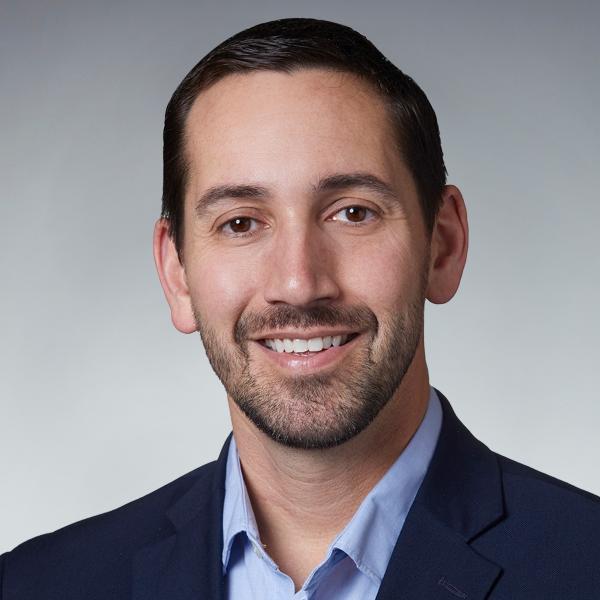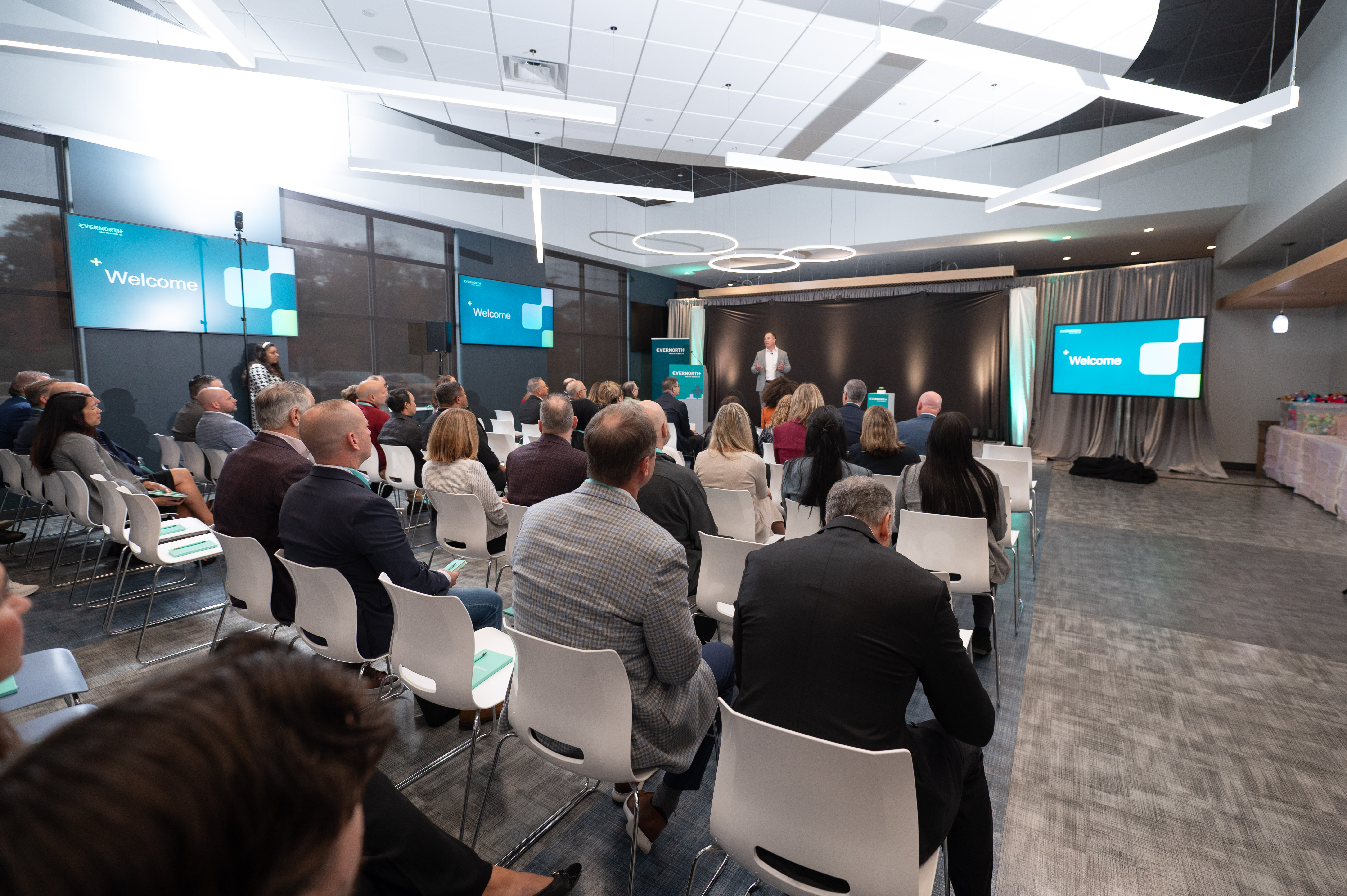The Pharmaceutical Care Management Association estimates that 1% of U.S. drug costs are attributable to fraud, waste and abuse (FWA), amounting to hundreds of millions of dollars in unnecessary costs.
The complex and expensive nature of specialty therapies tends to magnify the prevalence and impact of FWA. However, plan sponsors can rein in this excessive spending and improve specialty drug trend by building a robust, automation-powered plan that proactively addresses FWA across both pharmacy and medical benefits.
Deconstructing fraud, waste and abuse
FWA is an umbrella term for three separate (but related) problems that have long plagued the health care industry.
Fraud is an intentional deception or misrepresentation from “bad actors” to achieve a desired outcome. This includes:
- Patients acquiring prescriptions under false pretenses
- Providers writing illegitimate prescriptions
- Pharmacies processing “phantom” claims
Waste is considered an intentional or unintentional misuse of resources that results in excessive costs to plan sponsors. A few common examples in the specialty drug space are:
- Inaccurate coding
- Duplicate billing
- Therapeutic duplication
- Inadequate medication inventory management
Abuse is a practice that, while not always intentionally fraudulent, is inconsistent with generally accepted medical or business policies and incurs unnecessary costs as a result. This can include:
- Overcharging for services
- Providing medically unnecessary services
- Billing for non-covered services
- Drug overutilization and/or diversion
The key differentiator between the three components is that fraud requires intent and knowledge of wrongdoing, while waste and abuse do not.
Key building blocks for a results-driven specialty fraud, waste and abuse program
To devise an FWA program that rigorously protects against specialty medication risks, plan sponsors should lean on the expertise of an experienced specialty drug management partner.
Two critical capabilities that should be included within such a plan are:
Proven detection and resolution controls for FWA incidents
Proactive data reporting and analytics are table stakes for mitigating FWA. However, to effectively intervene on and recover from FWA incidents, detection and resolution controls must also be embedded into workflows.
For example, the Express Scripts PBM Enhanced Fraud, Waste & Abuse (eFWA) team recently flagged improper specialty drug prior authorizations from a provider who was practicing as an oncologist without the credentials required to do so. Upon investigating the submission of nearly $400,000 in potentially inappropriate drug claims, it was uncovered that the provider was also billing for tests for which no supporting medical claims existed.1
Because the eFWA team had the right protocols in place, proper action was taken to resolve the fraudulent activity.
A dynamic structure to ensure provider billing practices are up-to-date and using the most appropriate codes and doses
The number of specialty medications has increased 280% over the past 15 years.2 This constantly growing drug pipeline translates to frequent billing code adjustments, which administrative teams with manual processes can struggle to stay on top of.
Here’s a recent example of this: A health plan received a claim totaling $35,815 for Tremfya, a specialty medication used to treat plaque psoriasis and psoriatic arthritis. However, the claim was processed using an outdated Not Otherwise Classified (NOC) code—a generic code assigned to drugs when they are first released to the market—instead of the Healthcare Common Procedure Coding System (HCPCS) code that was assigned for the therapy almost two years prior.
Thanks to the Evernorth Advanced Reimbursement Management program, this mistake was immediately flagged and adjusted to the correct amount of $12,177—equating to $23,368 in savings.3
To put this in perspective, when plans miss a coding error like this on a single claim, the impact on their spend can still be felt several years—and several patient claims—later.
Harnessing the power of automation to optimize fraud, waste and abuse savings
Across industries, automation continues to drive transformational improvement for businesses. Consider these facts:
- Highly automated companies are 6x more likely to see revenue growth of 15% or more
- 73% of firms expect their operating costs to improve as a result of automating business processes
- Organizations that have implemented automation report an average cost reduction of 24%
While many health plans have adopted automation for data-intensive functions like claims, some still deploy manual processes. This can be ineffective for both budgets and output, as a plan might resource hundreds of operational hours to identify a minuscule percentage of claims errors, yet still overlook some due to the inevitability of human error.
To help illustrate this point: Of approximately 133,000 commercial claims that a large health plan processed in the first quarter of 2021, about 2,000 (1.63%) claims could have been adjusted for waste—resulting in $2.7 million in savings.4
That’s a lot of claims to manually evaluate in order to find the 1.63% that require adjusting. Meanwhile, an automated system can more efficiently maximize savings while minimizing operational hours and manual errors.
How automation helps simplify the complexity of medically-billed specialty drugs
The benefits of automation are only amplified in the specialty space, where about 40% of drugs are billed through the medical benefit. Whereas drug claims billed under the pharmacy benefit are adjudicated at the point-of-sale, medically-billed drug claims are processed after the drug is administered. This retroactive process typically lacks the visibility and oversight afforded under the pharmacy benefit, which can lead to more waste and abuse.
A few ways automation can help address waste and abuse for medically-billed specialty drugs include:
- Protecting against paying a more expensive NOC code price when a HCPCS code has already been set
- Delivering a full view of patient claims grouped together, which ensures unnecessary claims aren’t being approved if a therapy claim is missing or denied
- Empowering payers to reimburse providers based only on vial sizes necessary for dosing, as opposed to paying for vial amounts in excess of what the patient needs
- Guarding against upcoding, or paying for a more expensive drug administration service than is necessary
As specialty drug prices continue to rise, plan sponsors are always looking for new ways to make access to therapies more affordable for their plan and members. And that 1% estimated to derive from FWA is an area where significant improvements can be made—especially with the help of a robust plan featuring automation that’s purpose-built for a complex specialty ecosystem.
For a more detailed illustration of how Evernorth helps plan sponsors control specialty FWA, click here to view our infographic.




